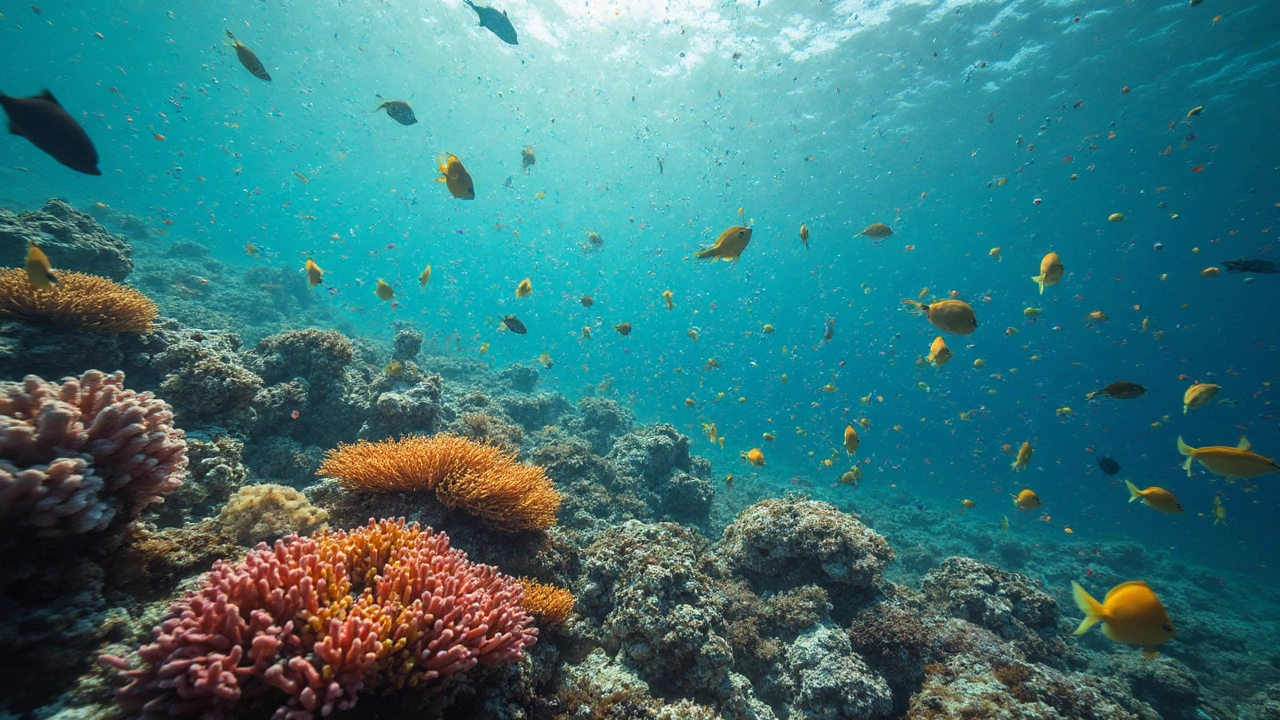- Navigating the Path to Small Scale Manufacturing Success Dec 22, 2024
- The World's Largest Furniture Manufacturer: An Inside Look at India Feb 9, 2025
- Understanding Micro Small Scale Industry: Key Insights for Aspiring Entrepreneurs Jan 7, 2025
- What Is India's New Textile Policy? Key Changes and How It Affects Manufacturers Nov 18, 2025
- Where Are Dr Reddy's Drugs Manufactured? Inside India's Pharma Powerhouse Apr 20, 2025
Ocean Pollution – Why It’s a Real Problem and What You Can Do
Every time you see a plastic bottle floating near a beach, you’re looking at a symptom of a bigger issue. Ocean pollution isn’t just a buzzword – it’s a collection of waste, chemicals, and noises that hurt sea life and eventually circle back to us. The water we drink, the food we eat, and the climate we live in all feel the impact.
Main Sources of Ocean Pollution
The biggest culprits are everyday items that never meant to end up in the sea. Single‑use plastics like bags, straws, and packaging break down into tiny particles that fish mistake for food. Industrial runoff carries fertilizers, pesticides, and heavy metals straight from fields and factories into rivers that pour into the ocean. Even ship traffic adds oil, noise, and trash. These sources mix together, creating dead zones where little can survive.
Another hidden source is micro‑fibers from synthetic clothing. When you wash a cheap shirt, tiny threads slip through the washing machine and travel downstream. They’re so small they pass through filters and end up in marine ecosystems, where they accumulate in the bodies of plankton and eventually larger fish.
Practical Ways to Reduce Your Impact
You don’t need to become a marine biologist to make a difference. Start by cutting single‑use plastics: bring a reusable bottle, carry cloth bags, and say no to straws when you can. Choose clothing made from natural fibers or buy high‑quality pieces that last longer, which cuts down on micro‑fiber pollution.
Support businesses that use sustainable packaging and avoid products with excess plastic. If you’re lucky enough to have a garden, use compost instead of chemical fertilizers. This reduces runoff that can turn coastal waters into algae blooms, which deplete oxygen.
Participate in local clean‑up events. Even a few hours of picking up trash from a riverbank can keep debris from reaching the ocean. Spread the word on social media – a simple post about reducing plastic can inspire friends to change habits.
Finally, stay informed about policy changes. Vote for leaders who push for stricter waste management rules and better funding for ocean research. When governments act, the biggest industrial polluters are forced to adopt cleaner technologies.
Ocean pollution might feel massive, but every small step adds up. By trimming waste, choosing greener products, and supporting responsible policies, you help protect marine life, secure food sources, and keep the planet healthier for future generations.
What Plastic Pollutes the Ocean the Most?
- Aarav Sekhar
- Apr 13, 2025
Plastic pollution in the ocean is a huge problem, with certain types of plastic causing more damage than others. Understanding which plastics are most harmful can help us make better choices and push for more responsible manufacturing and waste management practices. From microplastics to large debris, each type of plastic presents unique challenges to marine life and ecosystems. This article explores the major culprits of ocean plastic pollution and suggests practical tips for reducing their impact.
